As the weather gets warmer and warmer, that summer sun calls you outside.
Guess what else loves the sunshine and hot weather? Weeds.
Yep, just as you’re getting ready to enjoy the green grass and blooming, fragrant flowers, as well as some time in the fresh air, that’s when they strike. And they certainly grab attention – just not the right kind of attention.
Weeds can make your property look unkempt. They can make you look like you don’t care or take care of your lawn at all. They can give you quite a bad name, for sure.
Weeds will try to grow wherever they get the chance. And they aren’t super picky. They’ll take heat. They’ll take drought. They’ll enjoy humidity. They don’t care. They just want to grow.
But weeds aren’t welcome.
One of the weeds you might see coming along in spring and summer is Virginia buttonweed.
Let’s take a look at Virginia buttonweed and how to get rid of it.
Understanding Virginia Buttonweed and Virginia Buttonweed Control in Northern Virginia
To better understand one of the more bothersome Northern Virginia lawn weeds – Virginia buttonweed – you have to learn a bit more about it to optimize Virginia buttonweed control.
After all, you don’t want to be chasing this weed all spring and summer long. You’d like to stop it in its tracks and get back to enjoying your regularly scheduled summer fun.
Here we’ll dive into the specifics of what makes this weed run rampant in your lawn and how to kill Virginia buttonweed for good.
What is Virginia buttonweed?
In learning how to get rid of Virginia buttonweed, first you have to know how, when, and where this weed grows.
Virginia buttonweed is a perennial weed, meaning it can come back every year.
This weed species is also a member of the Rubiaceae family.
What Does Virginia Buttonweed Look Like?
Knowing the appearance of weeds can help you better obtain Virginia buttonweed control in your lawn. Why? Because there are optimal ways to treat various weeds, and if you know the weed you’re fighting, you have a better chance to efficiently and more completely stop it.
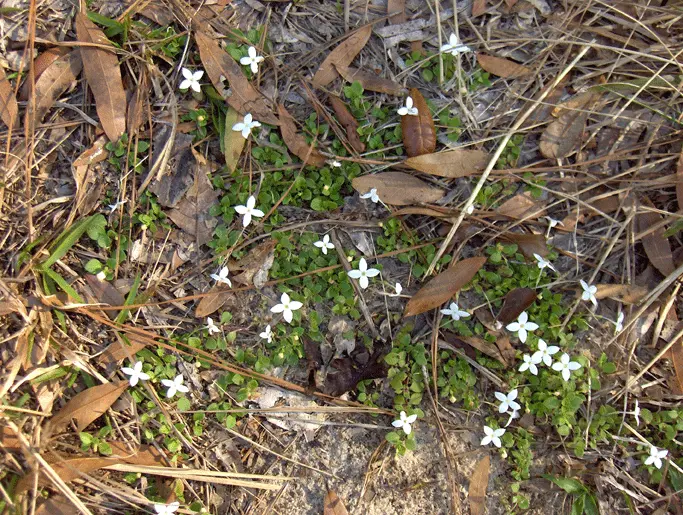
As you’re looking through your Northern Virginia lawn, you might see weeds with small, white flowers that each have four star-shaped petals. Sometimes, you might even see pink streaks in the center, as well as two sepals. Its leaves will be slightly thick that have slightly rough margins that are green on top and light green underneath. And its stems may look hairy.
This is Virginia buttonweed.
How Does Virginia Buttonweed Grow?
Virginia buttonweed is a deep-rooted perennial that spreads by rhizomes, which are underground stems.
The weed is a vigorous grower and can easily tolerate close mowing. Also, when mowing, if you happen to leave the broken pieces of plant where they have been cut, they go back into the ground and reroot, continuing to spread. When left uncontrolled, this mat-forming weed can smother out turfgrass. Since this weed can spread and take over, you want to learn how to kill Virginia buttonweed.
Where Do You Usually See Virginia Buttonweed?
Virginia buttonweed usually proliferates in moist or wet areas.
It also tolerates low mowing, so mowing too low will stress out your lawn and encourage this weed to grow.
How to Get Rid of Virginia Buttonweed In Your Grass
Now that you know what Virginia buttonweed looks like and how to spot it, you can figure out how to kill Virginia buttonweed.

And you don’t want to ignore this one; it can be challenging to control in Northern Virginia.
Here are some tips for keeping Virginia buttonweed away.
1. Mow Correctly
While you may be tempted to lower your mowing height when you see weeds like Virginia buttonweed sneaking in, that’s actually the worst thing you can do. In fact, this enables weeds to get sunlight and grow faster. And with this weed in particular, the pieces that you cut can root and become new weeds.
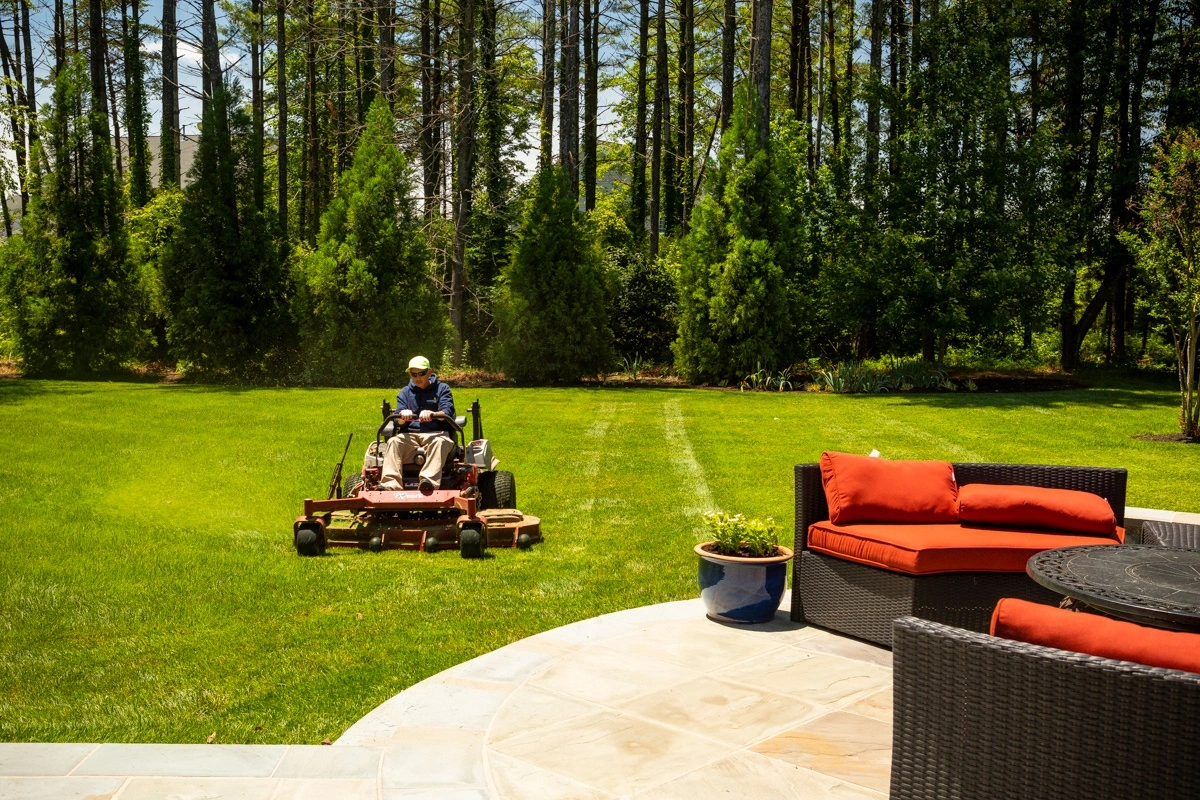
Mow to a 3.5- to 4-inch height to keep your lawn from stressing out and encourage dense grass growth, shading out Virginia buttonweed. This can help with Virginia buttonweed control.
2. Keep Up a Healthy Lawn
Your best way to get rid of Virginia buttonweed is a thick, healthy lawn.
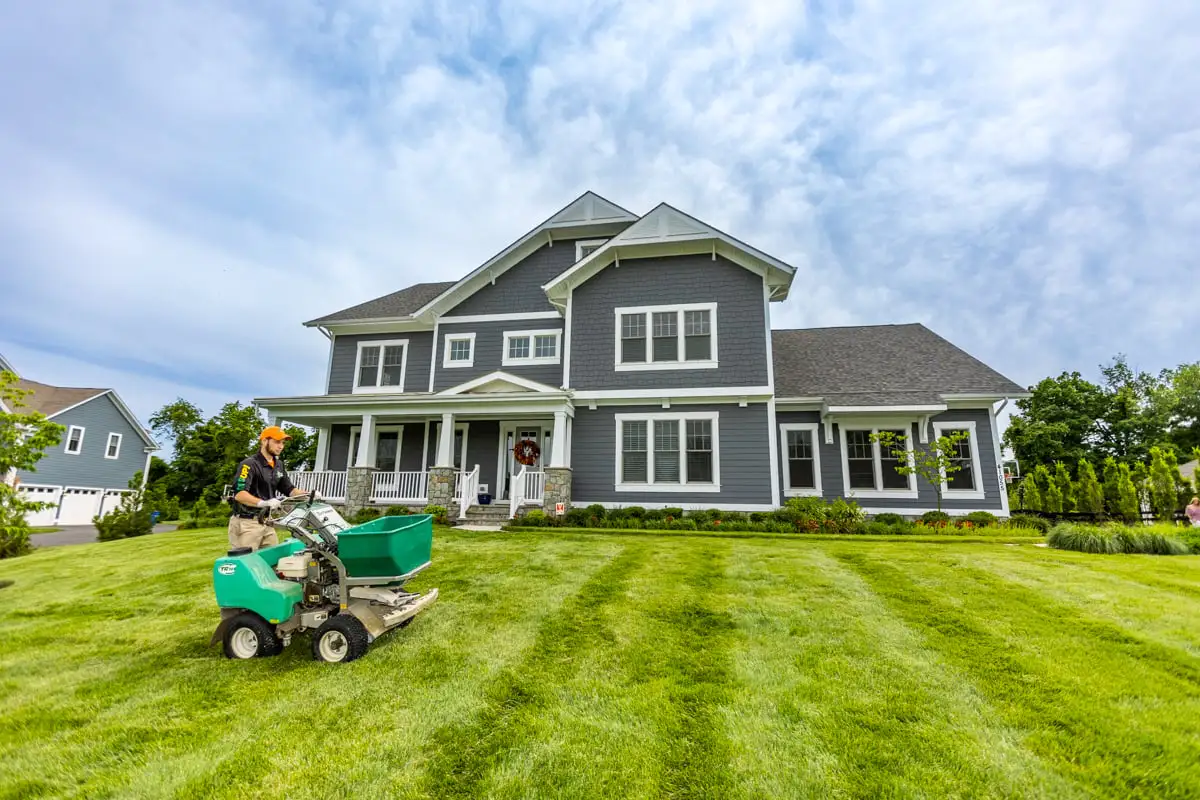
You want to provide proper, regular nutrition through a fertilizer program that is based off of soil test results, so it provides exactly what your lawn needs.
3. Keep Your Lawn From Compaction and Eliminate Bare Spots
If you’re wondering how to get rid of Virginia buttonweed, then you’re likely looking for strategies that prevent it from showing up in the first place.
One of the best ways to do that is through a simple fall service that actually provides so many positives.
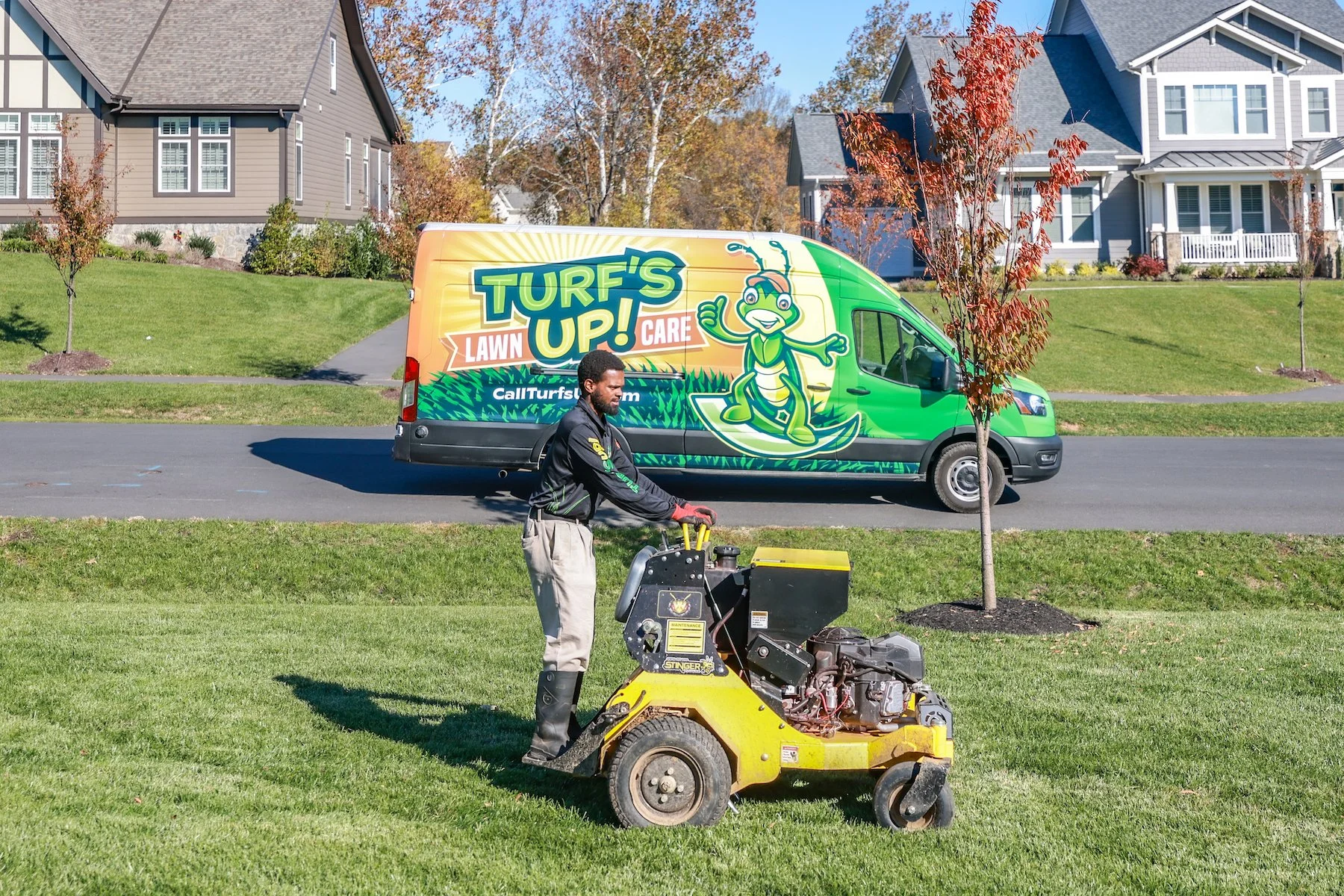
Annual aeration, overseeding, and topdressing can limit soil compaction, fill in bare areas, and provide your lawn soil with any additional nutrients it needs to take in water and fertilizer adequately. This is important because voids left in grass with exposed soil can permit weed invasion.
4. Water Properly
Next, make sure you’re watering your lawn with long, infrequent irrigation to help with Virginia buttonweed control.
You definitely don’t want to underwater or overwater – especially overwater since this weed prefers extra moisture.
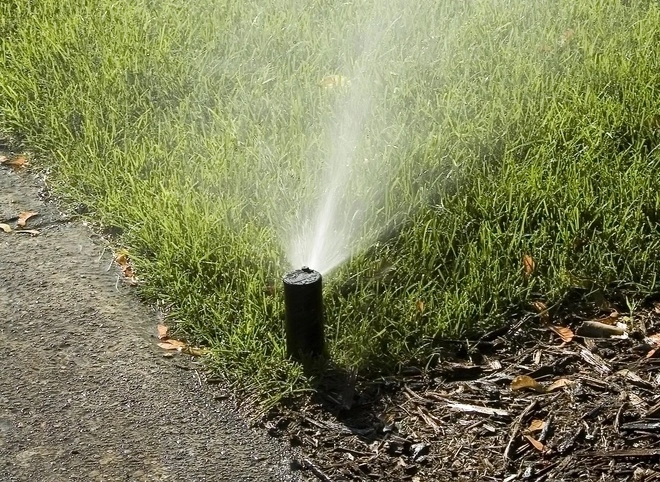
Usually your Virginia lawn needs about 1 to 2 inches of water each week.
At certain times of the year, however, this requirement can be met through rainfall. But during dry spells, you’ll want to supplement what Mother Nature provides through watering with your irrigation system or lawn sprinklers.
5. Hire a Pro For Selective Broadleaf Weed Control
Even though this weed is pretty hardy, hiring a pro for Virginia buttonweed control is the best way to tackle it after it’s erupted in your lawn.
Turf’s Up uses selective, broadleaf weed control treatments to tackle this weed in Northern Virginia.
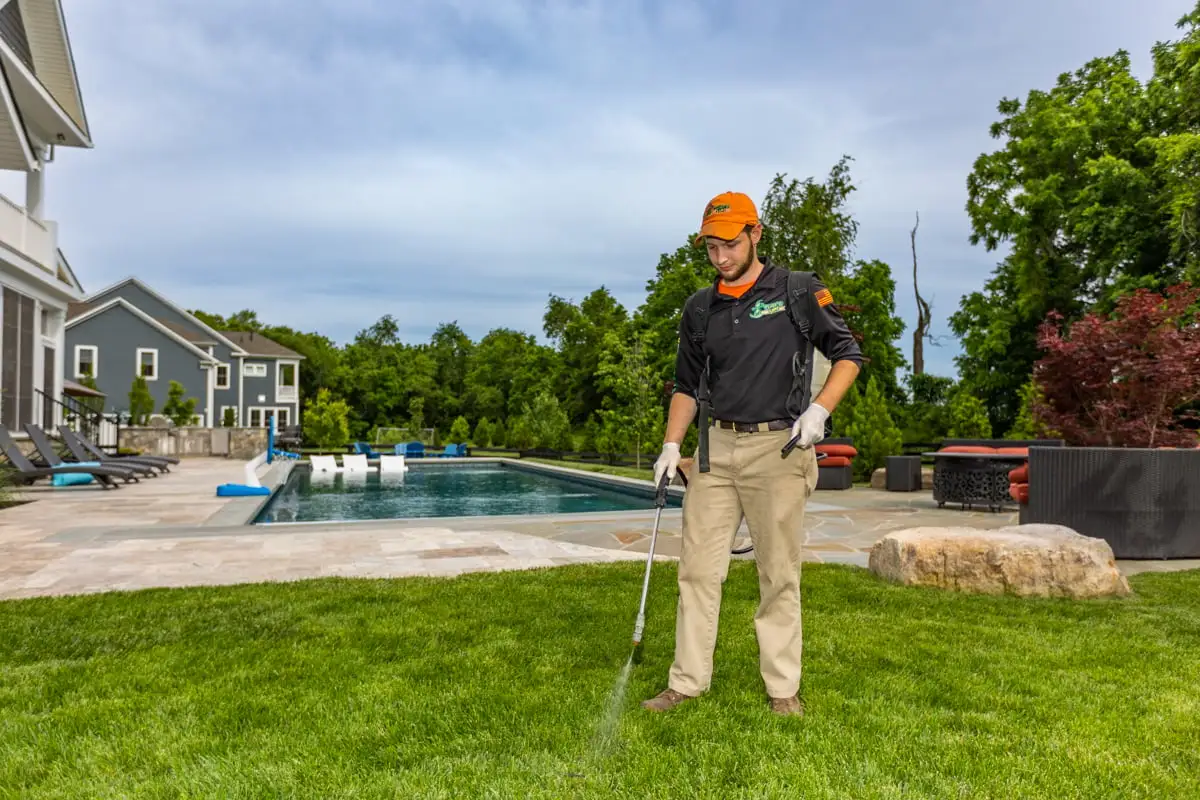
This is best done by a professional because it requires proper identification and precise herbicide timing to ensure maximum, targeted control. We use specialty herbicides delivered with precise nozzles to reduce the particle size of the product and help it better stick to tough weeds. And Virginia buttonweed may require multiple rounds of post-emergent broadleaf weed control applications for control.
We also provide adequate fertilization, aeration, overseeding, and topdressing to build lawn health at the same time to ensure your lawn better defends itself against this weed.
Turf’s Up Can Help You Fight Virginia Buttonweed in Northern Virginia
Weeds like Virginia buttonweed certainly enjoy stealing the spotlight and taking over when all you want them to do is keep out.
That’s why learning how this weed operates and finding the best methods of Virginia buttonweed control can help you get a weed-free lawn in Northern Virginia.
As summer settles in and you become busy with your schedule, fun get-togethers, and vacation plans, you don’t want to be constantly interrupted by weeds. And once these weeds get in, they can be quite hard to control. We get it; weeds are a nuisance.
Preventing and eliminating weeds is your greatest way to keep your lawn looking great all summer long. But your time is precious. Turf’s Up can help you by providing a complete, proactive lawn care program that includes everything you need to keep your lawn healthy – proper fertilization based on soil test results; pre-emergent and post-emergent weed control treatments; lime applications to get your pH in the right range; and aeration, overseeding, and topdressing services.
When you have professional eyes on your property with technicians that can recognize Virginia buttonweed and stop it before it gets out of hand, you can get your nice lawn back and eliminate this stress and eyesore from your property.
Ready to learn why Turf’s Up could be your totally awesome choice for lawn care services in Northern Virginia? We’re stoked to learn more about you and help you have the best lawn on the block. Get started today with a free quote. Together, we can prepare a customized plan that is perfect for you and your lawn.
Image Source: Buttonweed
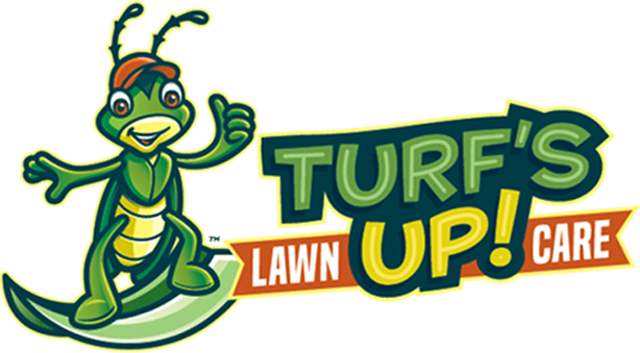
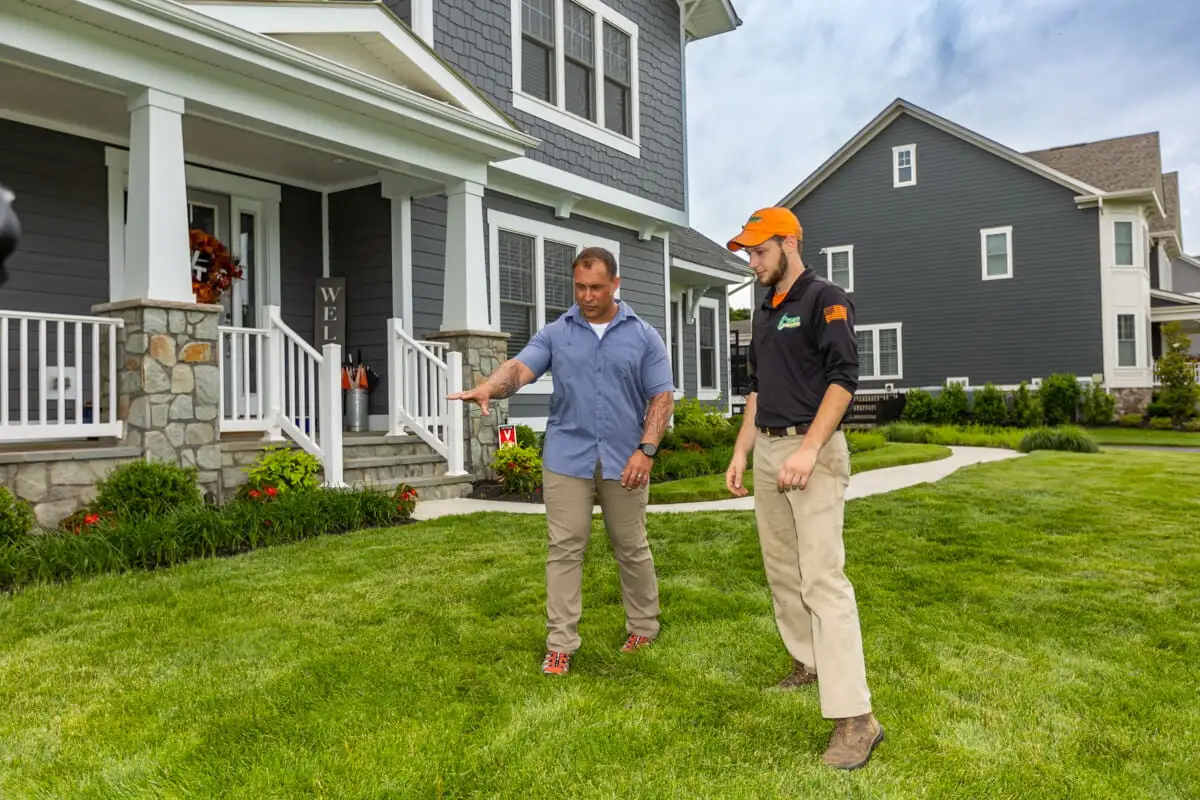

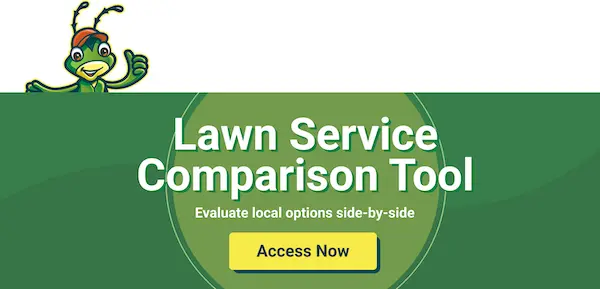


Comments (0)
Thanks for your comment!
Thanks for your feedback! Your comments have been successfully submitted! Please note, all comments require admin approval prior to display.
Error submitting comment!
There is a problem with your comment, please see below and try again.